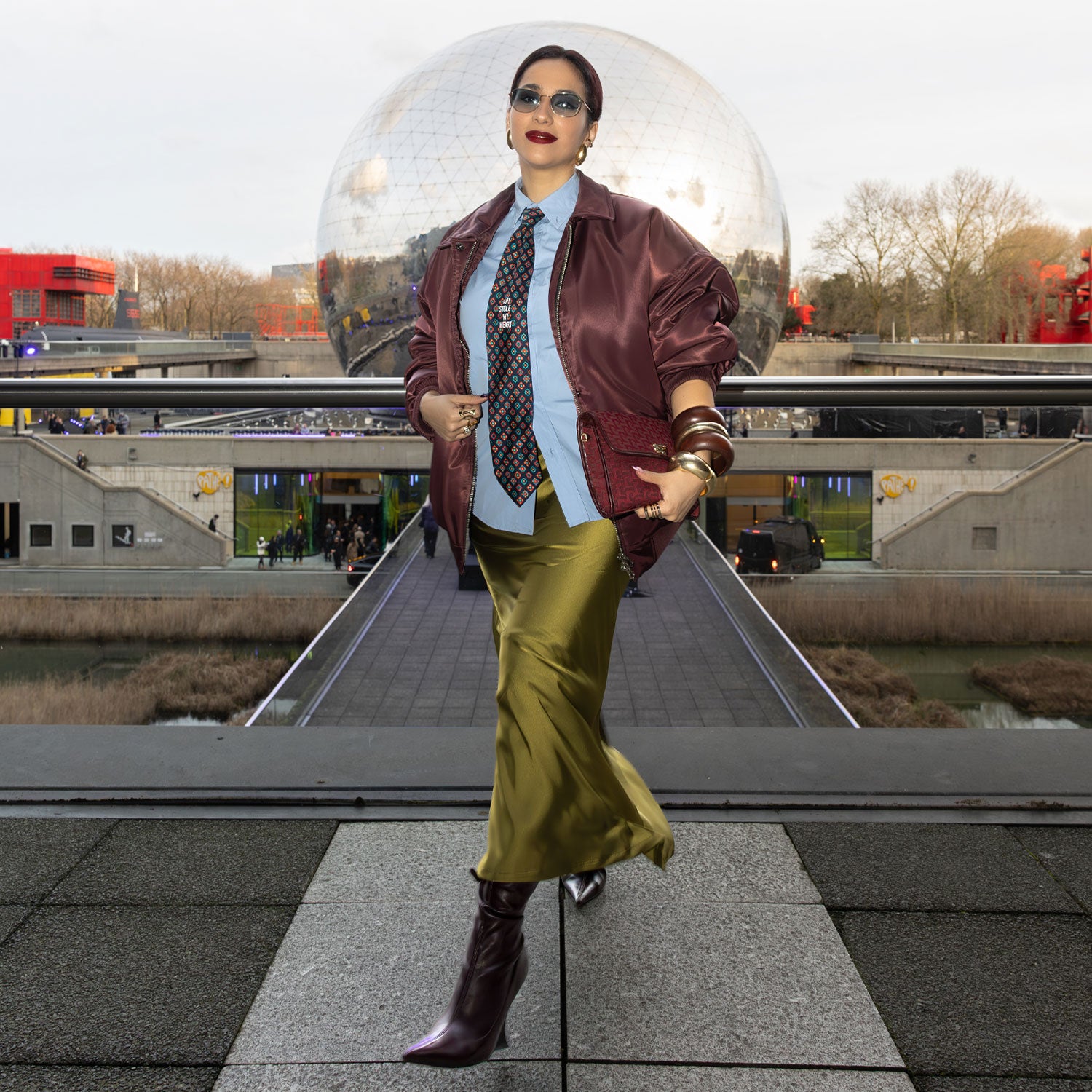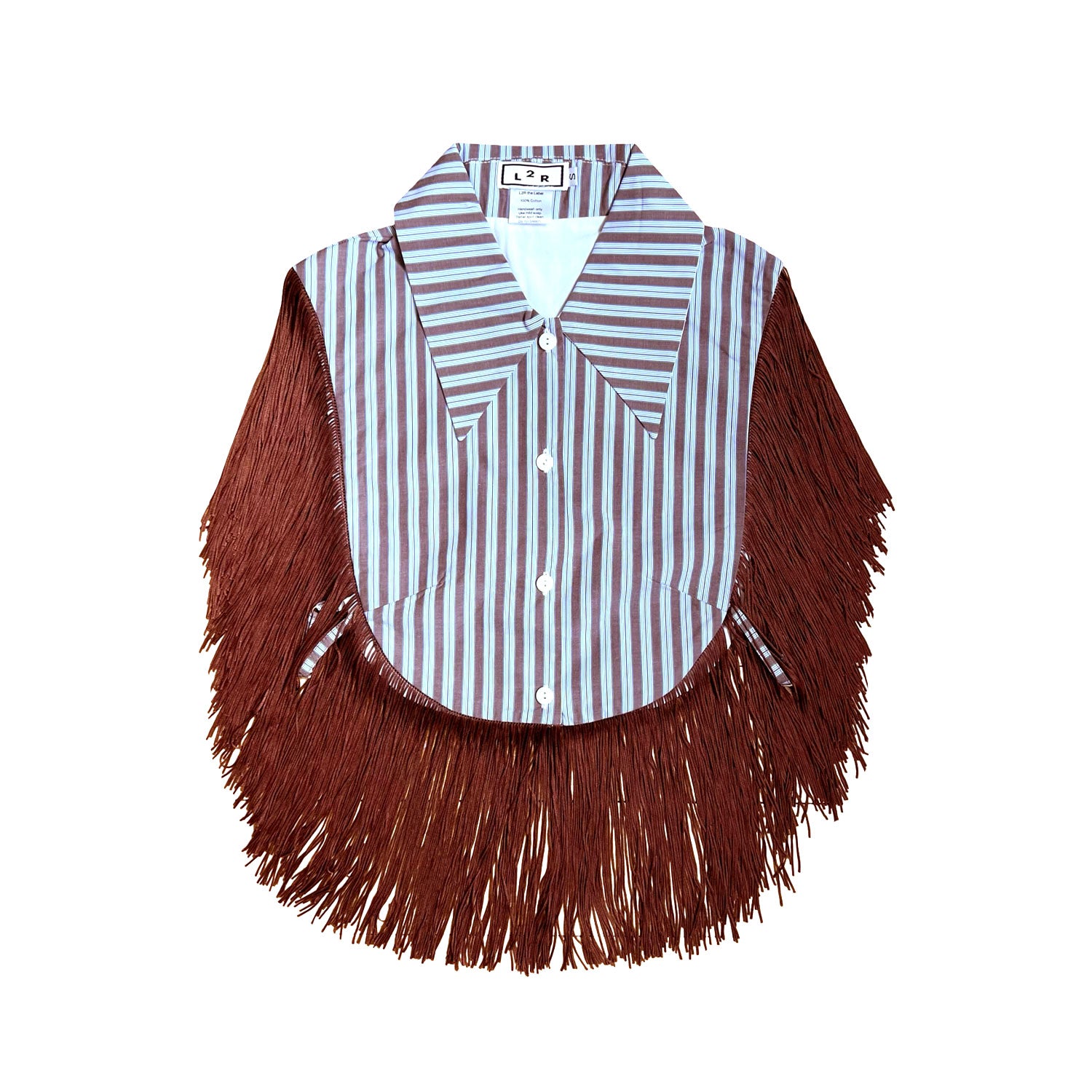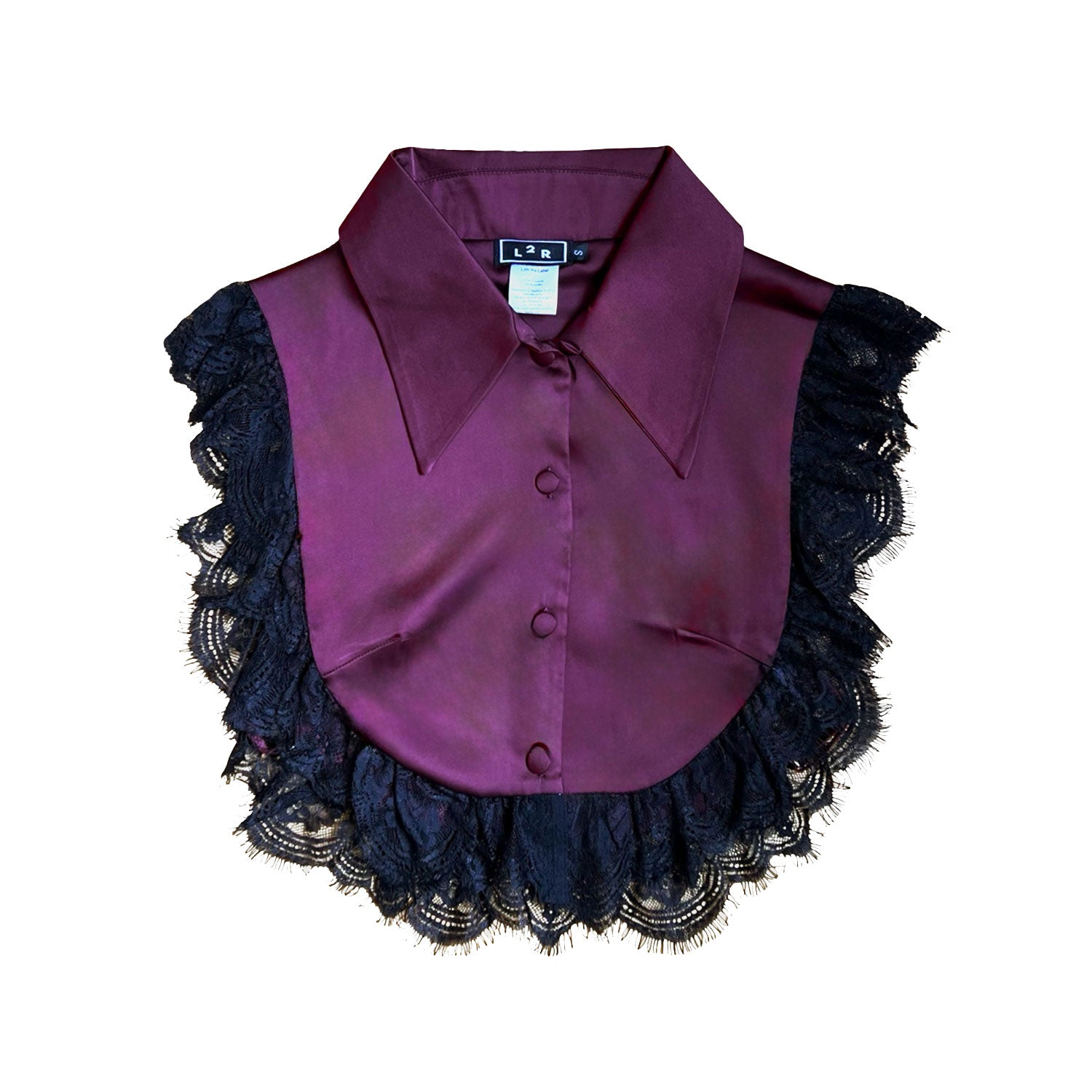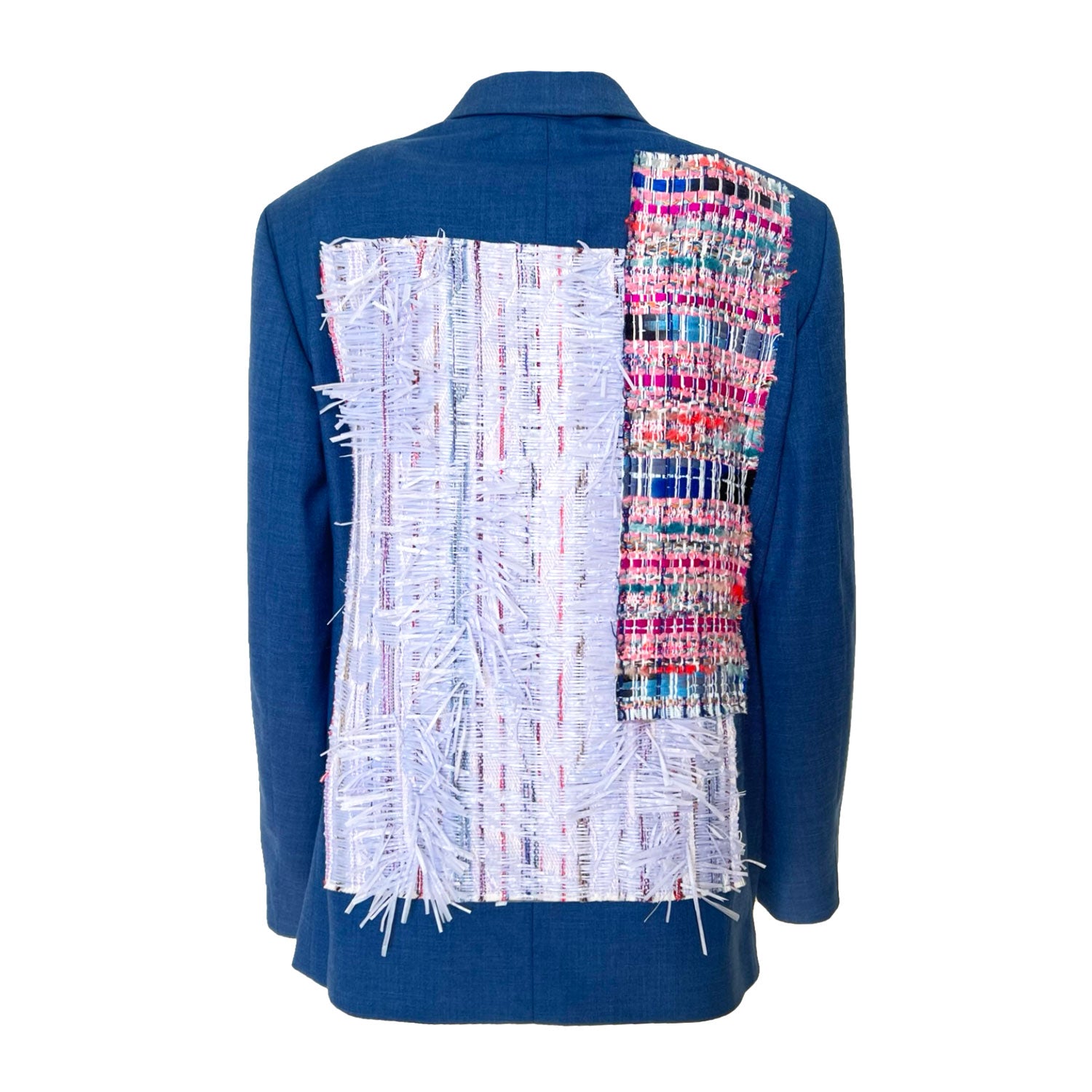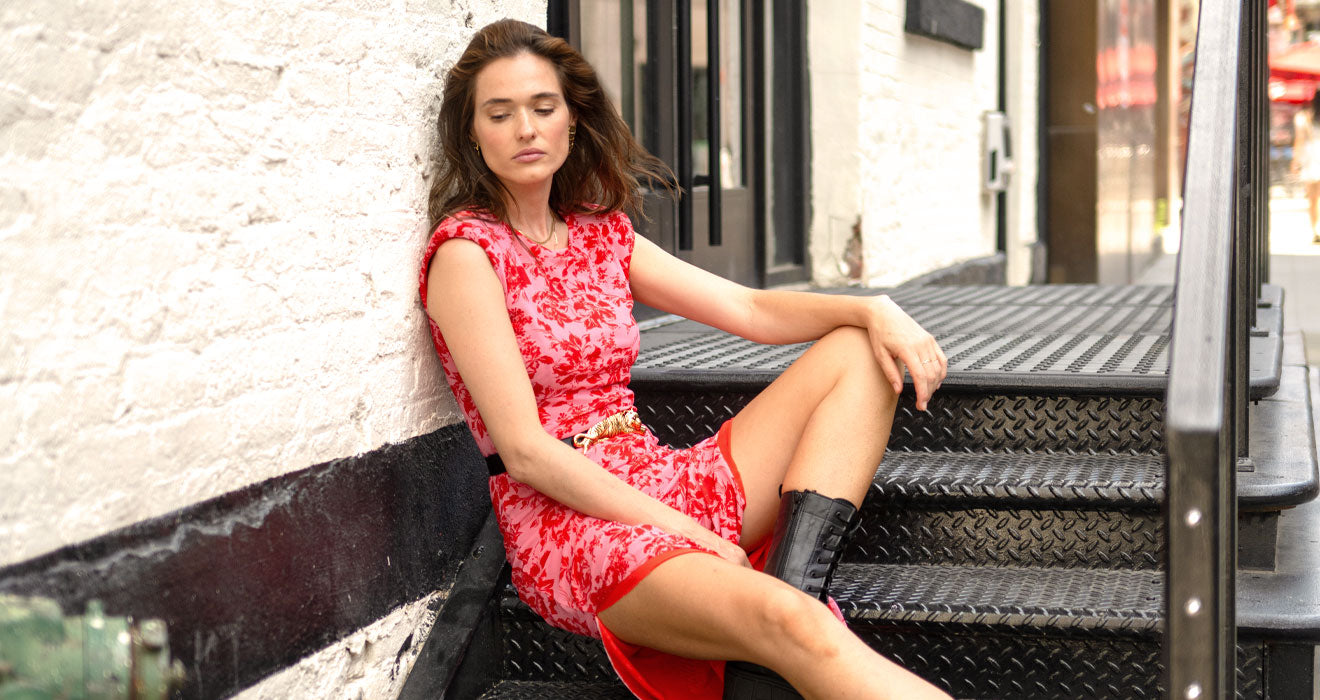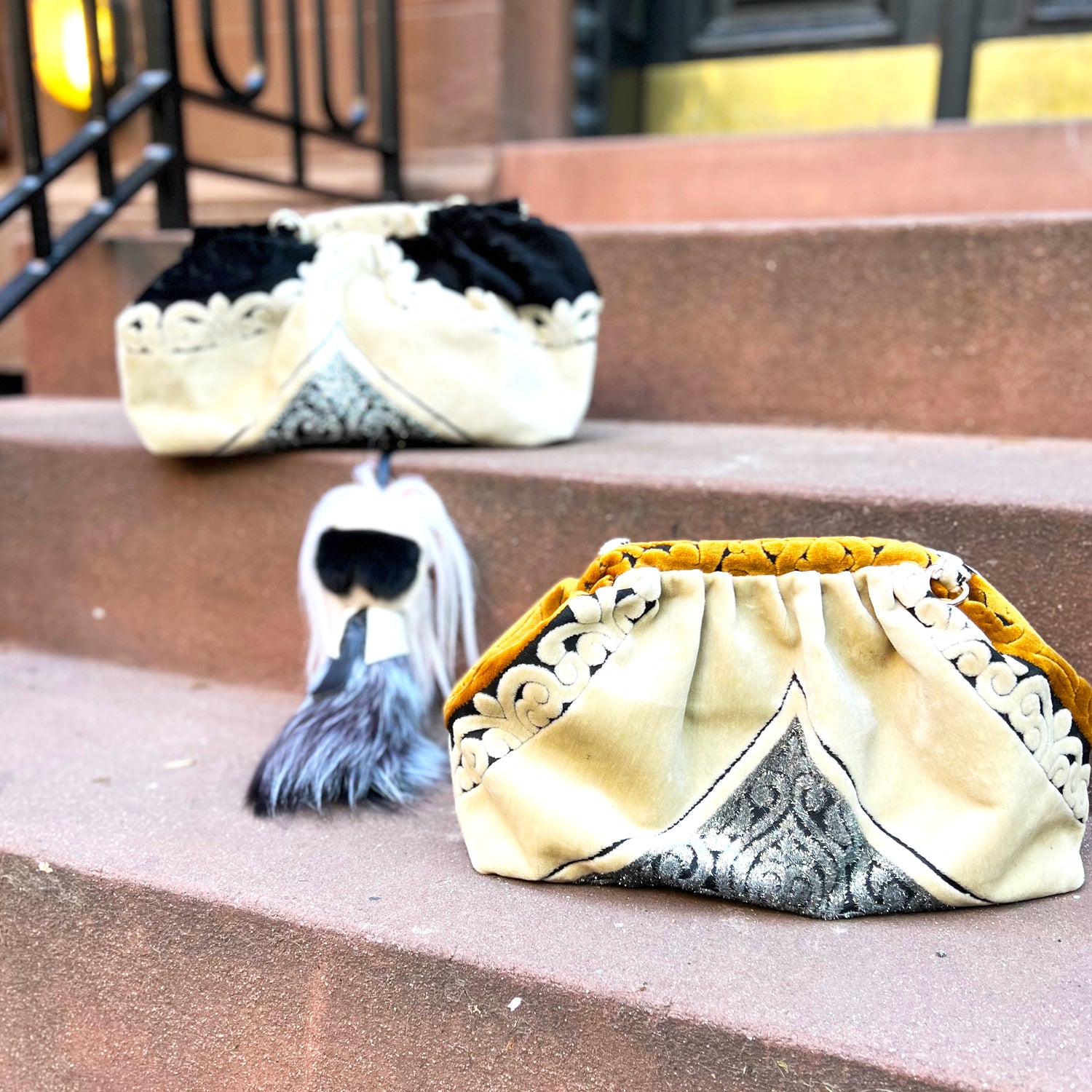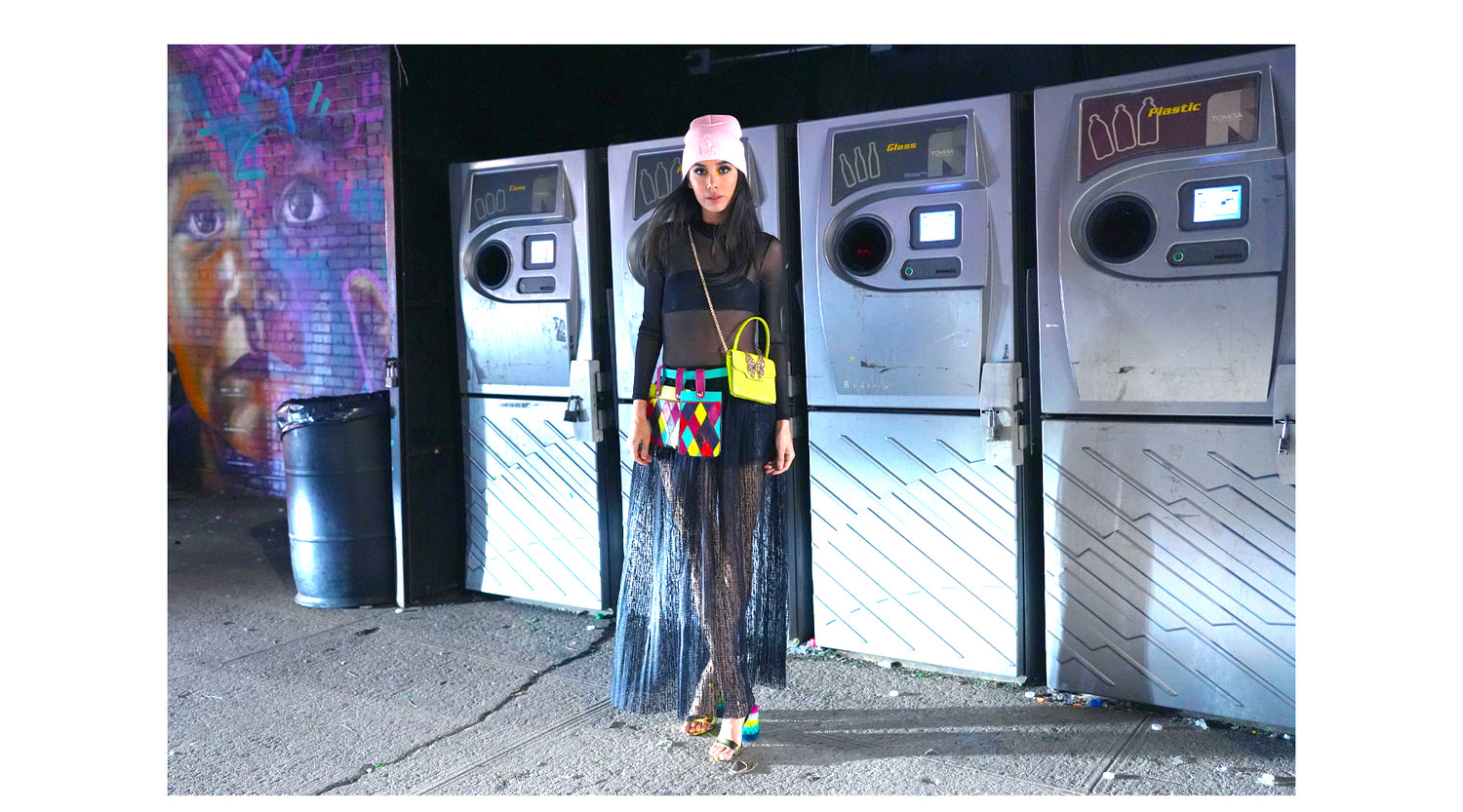
Today’s fast fashion industry revolves around tracking trends on the runway, mass-producing products at a low cost, and using textiles and manufacturing processes with little regard to the planet. These items have a short lifespan – worn, used one or two times, discarded, then replaced by the same thing, made the same way. This open-loop system yields companies high profits, at a great cost to the earth.
Competition within the fashion market grows fiercer every year, pressuring brands and retailers to constantly launch new collections to stack the store shelves, sometimes on a weekly, or even a daily basis, wasting no time to seize the consumer’s attention on social media to boost sales. Rapid discounts work to get out the old to make room for the new. Profit remains the priority, taking little to no responsibility for the waste created, the workers exploited, and the ultimate negative effects on the world’s ecosystems.

Doubling in production and consumption over the past 15 years, the ‘fast fashion’ phenomenon was quickly becoming an accepted part of doing business in the fashion industry. And this throwaway culture has permeated throughout our society. In exchange for cheap prices, consumers are steadily more accepting of poorly made apparel, flimsy quality, and styles that last only as long as social media dictates. Fast fashion apparel is quickly becoming as disposable as take-out containers.
Despite the overarching use of buzz phrases like “sustainably made,” “ethically sourced,” and “eco-friendly,” less than 1% of clothing and textiles are recycled. The remaining 99% are simply incinerated or tossed into landfills.

More stats to consider
- The average person purchases 60% more items of new clothing every year and keeps them for half as long as they did 15 years ago.
- The average consumer throws away 80 pounds of clothing every year.
- 13 million tons of textile waste are created globally each year
- Less than 11% of brands have recycling strategies implemented
At the heart of this take-make-waste dilemma is the fast fashion industry’s promotion of excessive consumerism. The “buy low–wear once–and discard” culture does not only harm the environment, but it reduces public trust in the fashion industry.
As public awareness for sustainability grows, fast fashion brands are facing consumer scrutiny, forcing many brands to close up shop.
To combat this, we in the fashion industry must transform every element of our wastefully weary system, from how we manage resources and how we make and use products to what we do with the materials afterward. By doing so, we create a thriving circular economy that benefits everyone.
Truly eco-minded brands have come onto the world fashion stage, embracing a closed-loop or circular economy, rethinking and redesigning the way products are made, used, and discarded.

Transforming the system
The circular economy provides the tools needed to tackle climate change and biodiversity loss while addressing social needs. It has the power to grow prosperity and create well-paying, safe jobs while cutting greenhouse gas emissions, waste, and pollution.
Transforming our throwaway economy into one where waste is eliminated, resources are circulated, and nature is regenerated takes work.

How the Closed-loop system works
According to the Ellen McArthur Foundation, a company that works to accelerate a transition to a circular economy, the open looped economy takes materials from the Earth, makes products from them, and eventually throws them away as waste. The process is linear. In contrast, a circular economy stops the cycle, eliminating waste from being produced in the first place.
The circular economy is based on three principles:
- Eliminating waste and pollution
- Circulating products and materials
- Regenerating nature

A circular fashion economy aims to create a sustainable system by designing, sourcing, and producing clothing and accessories with the intention to be used for as long as possible in their most valuable form. This involves reusing and recycling garments into new clothing to be used for as long as possible to minimize waste and avoid landfills.
In the closed-loop model’s circular economy structure, materials are kept within a loop and recycled into new products when the garment is no longer wearable as is.
Eliminating waste and pollution
Waste and pollution are the consequences of decisions made at an early stage of the design process, where much of the environmental impact is determined. Instead of being seen as an afterthought, circulating products and materials ensure that waste and pollution are not created in the first place.
Circulating products and materials
The Earth’s resources are limited. Therefore, we can not afford to continue wasting them. Building an economy that keeps and uses resources and materials infinitely, circulating them for as long as possible, rather than using them up creates products that can last forever. Items are designed to be reused, repurposed, and repaired, to keep their lifecycle in a loop. Designing and using products keeping the end of their shelf life in mind, keeps them from ending up in landfills.

Regenerating natural systems
In nature, there is no concept of waste – one species’ trash becomes another one’s treasure. For example, a leaf that falls from a tree becomes food for the soil beneath it, returning valuable nutrients to the ecosystem. By following nature’s lead, the garment industry can improve and enhance the environment and its resources. By actually mimicking nature, a circular system creates value for every component in the system, regenerating natural systems that enhance the quality of human life and the environment.
Shifting the system from a linear to a circular one in the fashion industry involves looking beyond the current take-make-waste model, focusing on holistic positive benefits for all. In fact, it’s been predicted that this shift will create a 48% reduction in carbon dioxide emissions by 2030.

Benefits of a closed-loop model
Employing these guiding principles and becoming a part of a circular economy will create many benefits to businesses, society, and the planet.
- Reduces dependence on virgin raw materials cuts down on carbon footprint
- Makes garment manufacturers less vulnerable to supply shortages and price volatility of new resources and materials
- Provides new business opportunities for start-up brands
- Improves society’s overall well-being
- Savings for businesses and consumers

How L2R is closing the loop
The average American throws away 80lbs of clothing annually, and over 85% of clothing donations end up in landfills. The team at L2R aims to change that statistic.
Zero-waste production process
At L2R, we have a zero-waste production process. We collect old clothing that would normally end up in a landfill and turn it into new products, lessening the need to source virgin materials, saving time and energy, and keeping our prices at bay.
L2R’s upcycling technology follows the new system of ‘Make - Wear - Remake'. We utilize discarded garments to create new ones, using renewable energy and sustainable solutions in the process. This zero-waste solution is closing the loop on fashion.

Regenerating fibers
The process of regenerating fibers from old recycled clothes aids in minimizing the number of raw materials that are used in the linear economy model, therefore reducing the environmental impact than having to produce garments completely from scratch.

Use of deadstock, remnants and unwanted clothing
Many fast fashion brands manufacture and stock products by forecasting upcoming trends taken from the runways or social media. Because such predictions can be hit-or-miss, this kind of forecasting leads to tons of deadstock. In addition, these trends come and go, leaving piles and piles of unwanted clothing in landfills.
We do not produce any new fabric or materials. Instead, we use deadstock, tattered and used clothing, and items in disrepair and upcycle them, giving them a new lease of life.
No use of harsh chemicals or dyes
At L2R, we use 100% natural ingredients and never use harsh chemicals or dyes in the process. As much as we highly encourage our customers to recycle their clothing, we know some will end up in landfills. By keeping our products free from harmful substances, we are doing our part by not adding to the pollution of the ecosystem.
Repurpose of all production remnants into bags
While we actively attempt to incorporate every last piece of fabric and fiber into our products, there are always a few remnants remaining. Instead of tossing them, we create bags that our customers can use as shopping or gift bags, keeping our closed-loop commitment constant.
Take-back program
We actively encourage our customers to become involved in the closed-loop economy through our take-back program. We invite our customers to return anything they’ve purchased from us and give them a generous discount on their next order, spreading awareness of the concept of closing the loop.
Through our blog, we intend to provide our audience with information about how and where they can recycle other unwanted garments as well.
Respect for ethics and workers’ rights
 |
Our ethical core values towards the planet extend to our staff and customers. We are committed to creating a safe and comfortable environment for all of our employees, paying fair wages, offering assistance to our workers and their families to help them live their best lives. Our diverse team profile is indicative of our inclusion and diversity-driven philosophy. And our gender-neutral silhouettes show our commitment to creating neutrally inclusive designs. |
Take away
The fashion industry thrives by living in the future, forecasting trends by paying attention to consumer demand. But by living first in the past, we create a circular system that benefits the consumer and the planet at the same time.
Embracing closed-loop economic principles not only mitigates waste, saves energy and resources, and creates a model for ethical labor, but by forging a relationship between nature’s resources and the end-user, we are creating a link between the past and the future for a better way to live in the present.

Please visit our blog every week for more news about L2R’s zero-waste philosophy and brand vision.

